Adjusting Occupational Exposure Limits for Extended Work Shifts

OSHA currently has two standards in which the PEL is adjusted based on the length of the work shift, both of which are lead standards:
All other PELs are based upon 8-hour time weighted average (TWA), a short term exposure limit (STEL), or a ceiling limit (C).
The lead PEL of 50 micrograms per cubic meter (ug/m3) is adjusted in accordance with the following formula:
New PEL = 400/hours worked during shift
e.g. If an employee works a 10 hour shift, the PEL is reduced from 50 ug/m3 to 40 ug/m3
Additionally, as discussed in OHShub.com‘s post PEL Adjustments for Extended Work Shifts – Noise, the Action Level for noise must be reduced for extended work shifts based on the following formula:
New AL (dBA) = 90 + 16.61 x log (50 / (12.5 x number of hours worked))
e.g. If an employee works a 10 hour shift, the PEL is reduced to 83 dBA
From a recommended practice standpoint, the Brief and Scala model provides a easy method of reducing exposure limits and is noted ACGIH’s TLVs and BEIs documentation. The Brief and Scala model provides a reduction factor via the following formula:
Reduction Factor = (8 x hours worked in shift) x ((24 – hours worked in shift) / 16)
It should be noted that the Brief and Scala model should not be used to justify very high exposures for short durations.
e.g. If an employee works a 10 hour shift, the reduction factor is 0.7. Multiply 0.7 times to the Exposure Limit to determine the recommended limit using the Brief and Scala model.
Additionally, it should be noted that OSHA does have PEL adjustments for cotton dust, but only when employees are required to wear respirators to reduce their respective exposures.

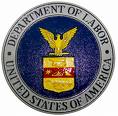 The Department of Labor is withdrawing the risk assessment proposal in June according to representatives of OSHA. Issued by the Bush Administration in July 2008, critics stated the proposed rule would have added additional time to the rulemaking process which would have “dramatically weakened future workplace health and safety regulations and slow their enactment.”
The Department of Labor is withdrawing the risk assessment proposal in June according to representatives of OSHA. Issued by the Bush Administration in July 2008, critics stated the proposed rule would have added additional time to the rulemaking process which would have “dramatically weakened future workplace health and safety regulations and slow their enactment.”
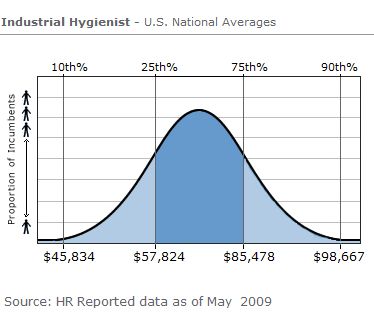
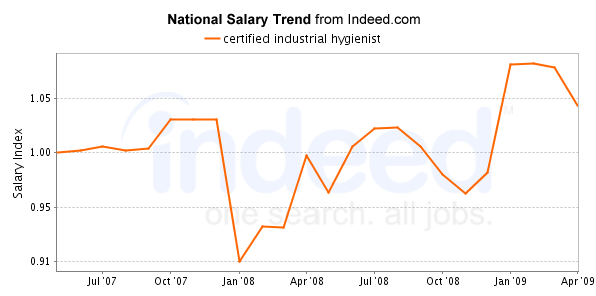
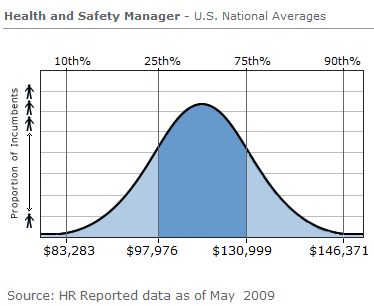
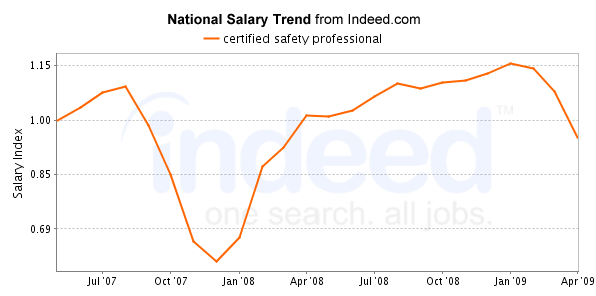
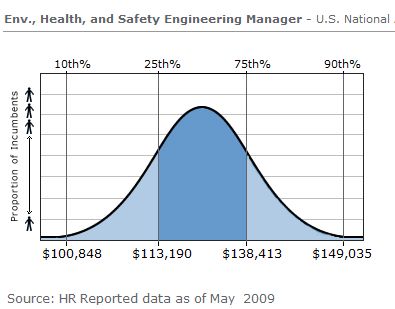
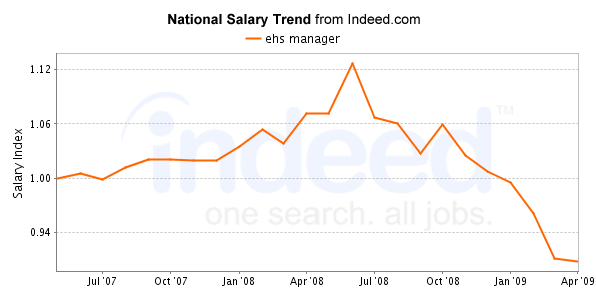
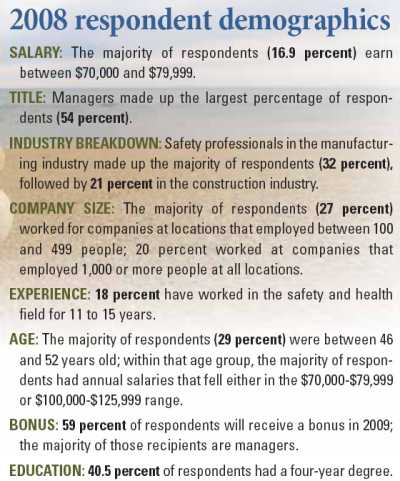
 Full copy of the publication can be found
Full copy of the publication can be found 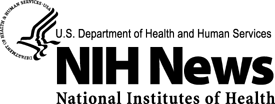 The National Cancer Institute, a division of the National Institutes of Health, has released a
The National Cancer Institute, a division of the National Institutes of Health, has released a 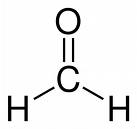 Found throughout industry as a disinfectant, preservative, and by-product, the International Agency for Research on Cancer has classified formaldehyde as a carcinogen. OSHA has estimated that approximately 2.1 million workers in the United States are exposed to the chemical.
Found throughout industry as a disinfectant, preservative, and by-product, the International Agency for Research on Cancer has classified formaldehyde as a carcinogen. OSHA has estimated that approximately 2.1 million workers in the United States are exposed to the chemical.
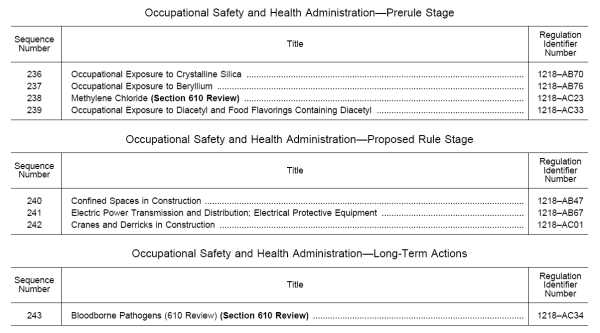
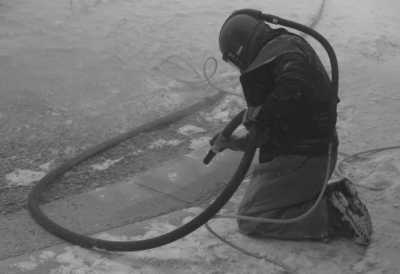 The Occupational Safety and Health Administration (OSHA) has published the document
The Occupational Safety and Health Administration (OSHA) has published the document  The American Industrial Hygiene Association (AIHA) published guidelines on their
The American Industrial Hygiene Association (AIHA) published guidelines on their 
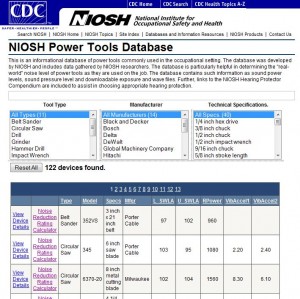
 AIHA, in a letter to Jordan Barab of OSHA, strongly encouraged OSHA to consider reducing the 8-hour TWA for noise from 90 dBA to 85 dBA and a 3 decibel exchange rate. A copy of the letter, dated April 28, 2009, can be found
AIHA, in a letter to Jordan Barab of OSHA, strongly encouraged OSHA to consider reducing the 8-hour TWA for noise from 90 dBA to 85 dBA and a 3 decibel exchange rate. A copy of the letter, dated April 28, 2009, can be found